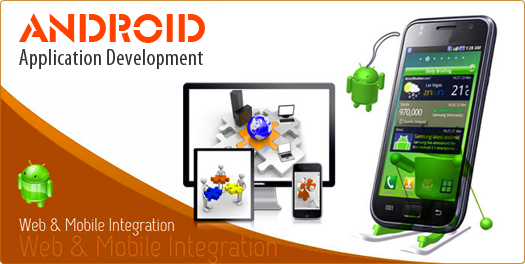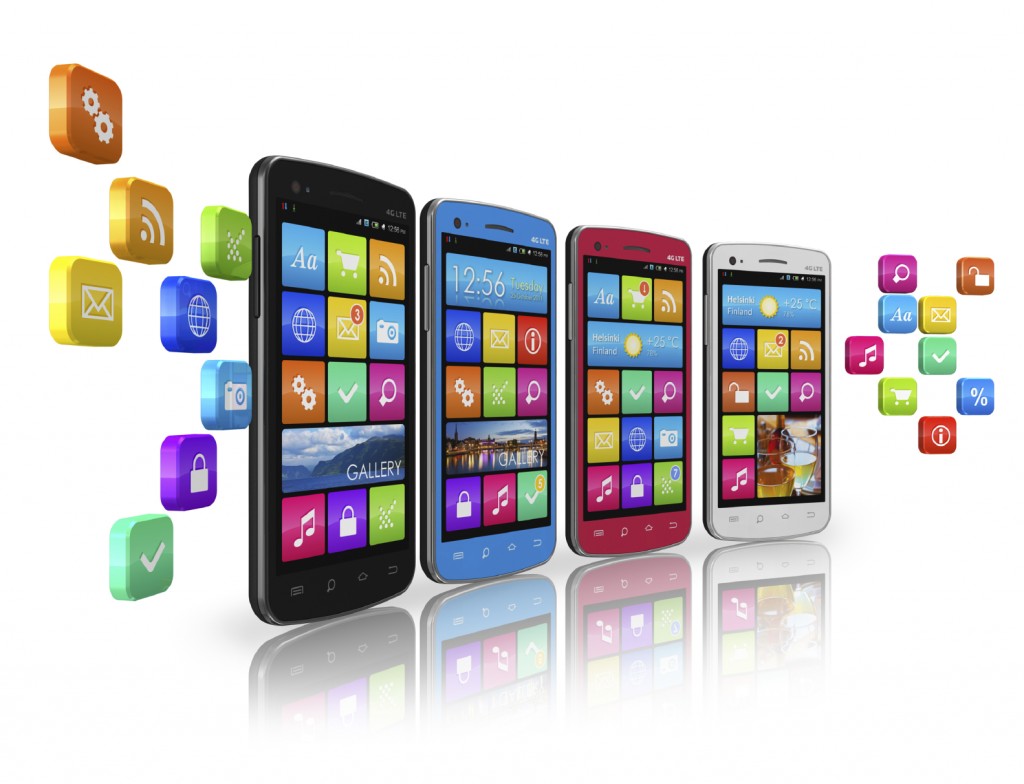What is the basis of mobile application development?
Consistently more news gives the idea that the market for developing mobile applications is increasing at a higher pace. Moreover, there are likewise numerous organizations that use mobile apps to their day by day work, as a major aspect of a marketing technique or as an instrument for managing internal affairs of the organization. This is the reason such a large number of companies has raised these possibilities and made the decision that building apps is important for business enhancement. In any case, before doing this procedure, we should consider various contemplation that must be taken after if organizations need to build up the devices to be effective and work legitimately.
The basis of mobile application development
As a matter of first importance, we should consider a key variable when creating mobile applications: the stage for which we are building up a mobile application. A mobile application for smartphones is not the same as one for tablets. Android mobile development has nothing to do with iOS development.
On account of internal enterprise applications, this procedure is simple, particularly on the off chance that you have a couple of employees. Simply ask them specifically what working framework they utilize. If the organization has adequate financial resources, you can even buy homogeneous terminals to accelerate the procedure.
Creating mobile applications
At the time of building up a mobile application project for the general crowd, this element turns into a disadvantage. It is important to address the distinctive studies in mobile marketing to meet market trends that the target audience in question has with respect to mobile technologies. At exactly that point will it guarantee that the application meets the target audience in a successful way?.
Mobile apps must have two core attributes: effortlessness and convenience. For instance, if what you need is an application for checking the assignments that every employee performs, it should incorporate an administration panel, an option to upload documents and reports work and a chat option for immediate response. We most likely needn’t bother the geolocation components of mobile phone or utilize the camera terminal. So, there is to offer in executing what their future clients expect it, without including alternatives not be utilized. In this manner, its operation will be upgraded and, most importantly, its simplicity will sparkle without overwhelming the client with pointless choices.
Apps must be easy to use. Also, ensure that you don’t surpass the qualities and capability of smartphones being utilized. Clearly, an internal task manager does not have to utilize the camera of the smartphone. In any case, presumably a special application, which compensates the most entertaining or most delightful pictures that clients can transfer, yes you require the administrations that the gadget’s camera can give. Therefore, and gave that it is confined inside the extent of utility, organizations ought not to fear to exploit every one of the components that a smartphone or tablet offers.
At last, we should consider the perspectives of clients that have the application. It is critical to incorporate feedback forms that can be sent to those capable with a specific end goal to recognize what instruments excite sentiments and utilize this input to enhance the mobile application. In like manner, the commercial centers of various mobile working frameworks additionally permit clients to compose remarks and include evaluations for projects, so you ought to consider.
This perspective can likewise be connected when creating mobile applications for internal devices that organizations can incorporate to manage their activities. It has dependably been essential that organizations consider the feeling of its employees about different viewpoints that could influence the production. Thus, knowing the expert opinion about the mobile application that they use can be of incredible value upgrades in future upgradations of the mobile app.
What are the main components of android app development lifecycle?
In general, there are four different android app components. Each type serves a distinct purpose and has a distinct life cycle that defines how the component is created and destroyed. The components are: Activities – an activity represents a single screen with a user interface, Services – a service is a component that runs in the background to perform long-running operations or to perform work for remote processes, Content Providers – a content provider manages a shared set of android app data, Broadcast receivers – a broadcast receiver is a component that responds to system-wide broadcast announcements.
Surge of on-demand apps
Things are going to get more interesting in the app world as more sectors are expected to introduce more on-demand apps in 2019. Let’s face it, there are countless on-demand apps as per now. The main highlight under this trend is that there will be more apps come 2019. Currently, there are bigwigs such as Uber and Taxify that have gained a lot of popularity thanks to the on-demand apps. Car rental and on-demand taxi apps have generated great demand.










Leave a comment